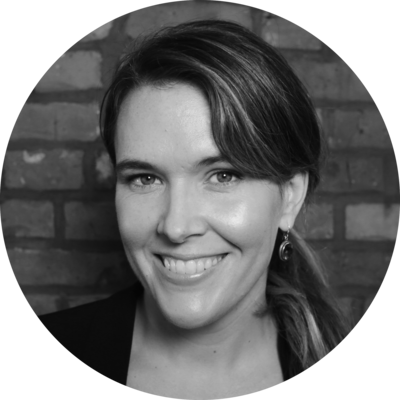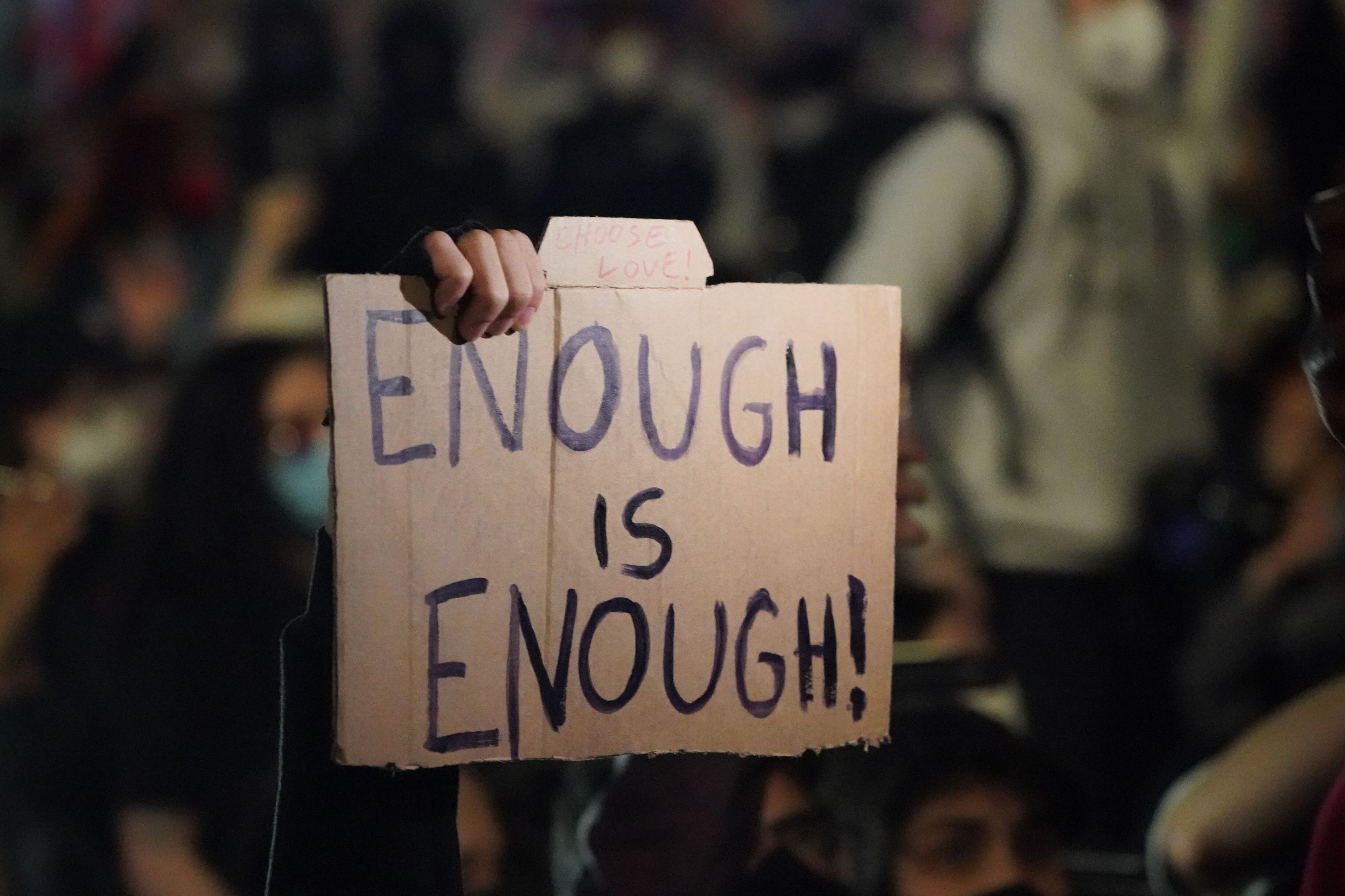As I downloaded my news over coffee early last Monday, I came across the now-viral story of Amy Cooper — a white woman who called the cops on a black man named Christian Cooper who had asked her to put her dog on a leash.

I watched the video and followed the subsequent events, as the Twitter detectives launched into action to hold her accountable. I also checked in with my own social media community, many of whom, like me, identify themselves as white progressives. I saw my white friends and colleagues’ condemning her, connecting her to Trump — turns out, she has contributed to many of the same liberal candidates I have — and doing everything they can to express why they aren’t “one of those white people.”
Dr. Robin DiAngelo, a prominent researcher working in whiteness studies, calls this the “good/bad binary.” The idea that racism can only be perpetuated by “bad” people is, as DiAngelo asserts, “the most effective adaptation of racism over time.”
As a senior leader in the New York City education department’s Office of Equity & Access, I have committed to building the capacity of other educators — especially white educators — to recognize their default thoughts and actions. So when racist incidents inflict their predictable harm, it is my natural defense as a white person to show you how different, how good, I am. This is often my sole contribution to the conversation.
When I watched the video for the sixth or seventh time, I recognized a familiar feeling in my gut. A feeling of shame, but not on behalf of Amy Cooper. Rather my unease came from the certainty that the same implicit fears and beliefs causing her to so effortlessly wield her white skin as a weapon also reside in me. And if you are honest, white friends, they probably reside in you as well. As white women, we are afforded this unwarranted weapon of protection whether we like it, or are aware of it, or not.
Through my work, I have coached new school leaders to unpack their racial identities and facilitated countless professional learning sessions around engaging in conversations about race. This is hard and messy work, but it is essential. I’ve seen hesitant white principals begin to lead their staff in difficult and courageous conversations. I’ve seen teams of educators begin to address interpersonal issues of race in healthy and honest ways. And I have seen this work translate into the beginning of real policy change, as school and district teams examine their data through the lens of bias and disproportionality.
Still, in a week when Amy Cooper’s call to the NYPD was immediately followed by the senseless, brutal, killing of George Floyd at the hands of police in Minneapolis, I don’t hear enough white leaders’ voices in this conversation. I see a lot of retweets of our non-white colleagues’ posts of personal pain and fatigue, and I see a lot of condemnation of those “bad” people.
Recently, in conversation with my colleague and friend, a black woman and mother to two black sons, I listened as she poured out the impact that this white silence has on her — the fatigue and disappointment as the pattern plays out again and again. I listened intently, but also resisted the urge to distance myself from this group of silent leaders.
I wondered what I could do to step from my place of passive support to take part in helping to lead this conversation. It isn’t the burden of our friends, loved ones, and colleagues of color to end senseless racist acts of violence and threats. Rather, it is up to us as white people to dismantle the system from which we have benefitted our entire lives.
I don’t have a roadmap to offer you. I, too, am navigating this ambiguous journey. But if you commit to looking, there are plenty of smart, strategic suggestions out there. Start by learning a bit more about how you were socialized to understand race, and then spend more time unpacking the parts of being white that are made to seem invisible to us. Make a commitment to speak up when you have the opportunity, even if it feels awkward, imperfect, and insufficient.
This is how we develop the necessary muscle around the racial discomfort we feel. And if you get stuck, find other conscious white people, not your friends of color, to help you reflect. Don’t just shift your responsibility to people of color. Will you make some mistakes? Yes, absolutely. It comes with the territory, as most white people were socialized to avoid any and all conversations about race. But we won’t achieve anything if we don’t get and stay engaged in this conversation.
We must begin by taking a long, sustained look in the mirror. As white educators who claim we want to disrupt the system and create more equitable outcomes for the millions of students in our care, we have no business disrupting anything until we are willing to disrupt ourselves.
Courtney Winkfield is the senior strategy and policy advisor for the Office of Equity & Access in the New York City Department of Education. Prior, she taught English in the Bronx and Brooklyn and served as principal of the Academy for Young Writers in East New York for six years.







